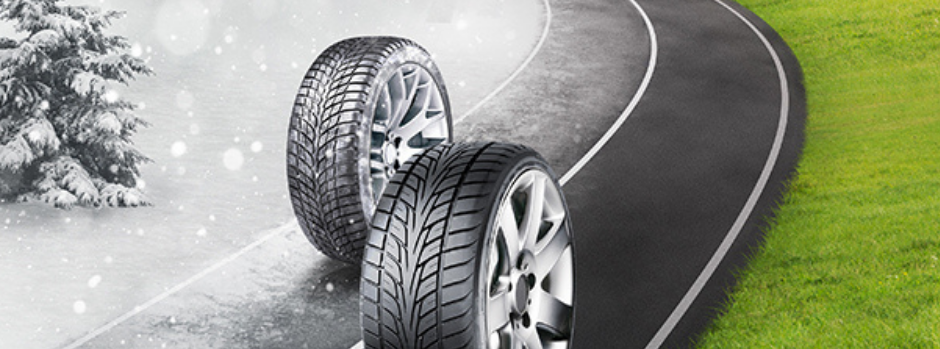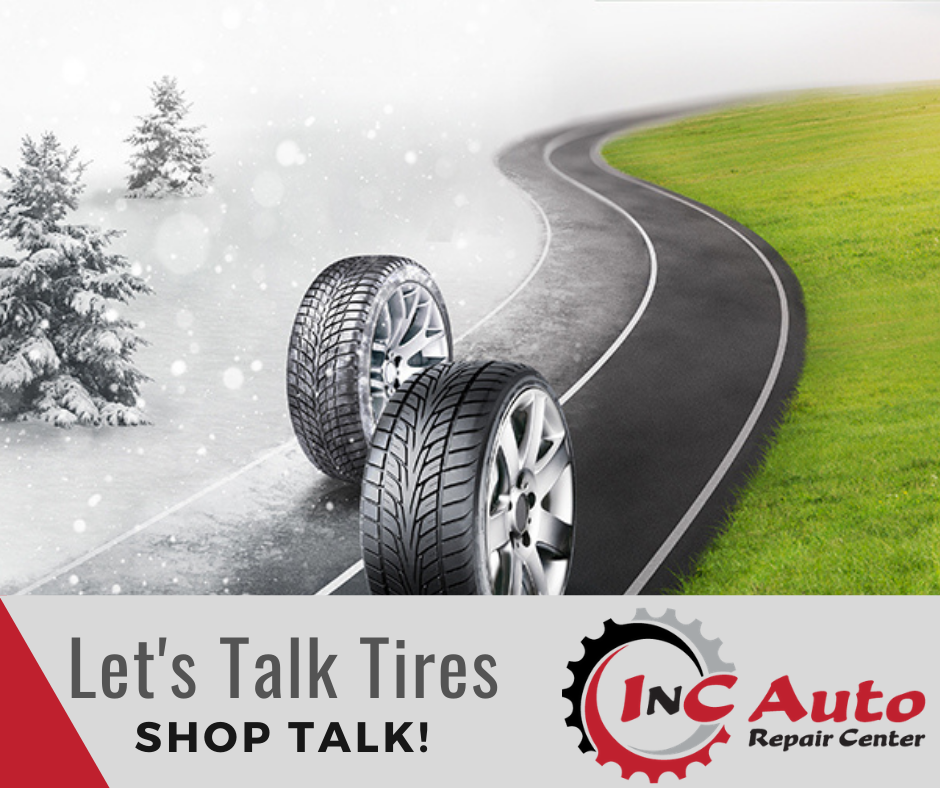

How important are your tires? Very. Without reliable tires (and gas), your car, truck or 4×4 isn’t going anywhere. Here’s what you need to know.
Inflation
A tire that has too much or too little air is a problem. An improperly inflated tire could cause poor gas mileage, loss of traction, tire wear, or could even damage the tire leading to failure. You don’t want that when you’re driving! Make sure you know the recommended inflation level for your vehicle’s tires. How do you know? Check your owner’s manual or look for a sticker in the door frame on the driver’s side of your car or truck. Tire pressure is measured in pounds per square inch (PSI). Pressure gauges are inexpensive and easy to use. Don’t have a pressure gauge? Ask our front desk Service Manager for one! Remember to always check your tire pressure when the tires are “cold” and haven’t been driven for about 30 minutes.
Colorado Department of Transportation Traction Laws
Driving on I-70 through Colorado’s high country can be both beautiful and treacherous. Especially between September and May. Within a matter of hours, climate and road conditions can swing from sunny and dry to wet, slushy, snowy, and icy. Are you up to date on the most recent rule changes regarding traction laws in Colorado? Here’s the official word from CDOT (make sure to check for any recent updates).
Most Colorado drivers are pretty good when it comes to their vehicle’s winter-worthy capabilities, swapping out summer tires for winter tires and packing a set of chains in their trunk or tool kit. Between September and May, the Colorado Department of Transportation (CDOT) expects two things:
1) either snow tires, tires with the mud/snow (M+S) designation, or a four-wheel/all-wheel drive vehicle; and
2) all winter-worthy tires to have a tread depth of not less than 3/16 of an inch. Who’s checking the tread depth on those tires you might ask? Your trusted Parker auto mechanic should be doing that for you when they swap out your seasonal tires or doing the recommended 30-point vehicle health evaluation each time your oil is changed.
Tread Wear
What’s up with tire tread patterns? Tread patterns are designed to move moisture out of the way so the rubber can make contact with the road. Otherwise, the tire would drive on top of the moisture, which leads to hydroplaning. Definitely not as fun as it sounds.
Being able to maintain control of your vehicle when there’s moisture on the road isn’t the only concern regarding your tire tread. If you go too long without replacing your tires, you risk having them fail while you’re driving. Wear bars will be visible when only 1/16 of your tire tread remains, which is an indicator that you need tires sooner rather than later.
Tire Code
Ever wonder what all the numbers and letters on the side of your tire mean? Each one is there for a specific reason. Your tire might have something that looks like this:
P215/65R15
The “P” is for “passenger car.” You might also see “ST” (special trailer), “LT” (light truck), or “T” (temporary).
“215” is the width of the tire in millimeters. Wider tires mean more traction.
“65” is the aspect ratio, which is the height to width ratio as a percentage. Low aspect ratio (“low profile”) tires generally handle well at high speeds, but the trade-off is a bumpier ride. Want a smooth ride and good traction in slick conditions? Stick with a taller tire.
“R” is for “radial,” versus “B” for “bias belt” or “D” for “diagonal.” This refers to how the tire is constructed. Radials allow the tread and sidewall to function independently, which equates to flexibility, better handling, and better capability to withstand heat.
“15” is the diameter of wheel rim that the tire was designed to fit (in inches).
This concludes your Tires 101 class! Knowledge is your best tool as a consumer, so use your new power wisely. Remember, our mechanics are here to help expand both your knowledge and your vehicle’s performance. Schedule an appointment for a basic oil change; while your vehicle is up on the lift, we’ll give it our 30-point vehicle health evaluation which includes checking your tires!
Sources:

Leave a Comment
You must be logged in to post a comment.